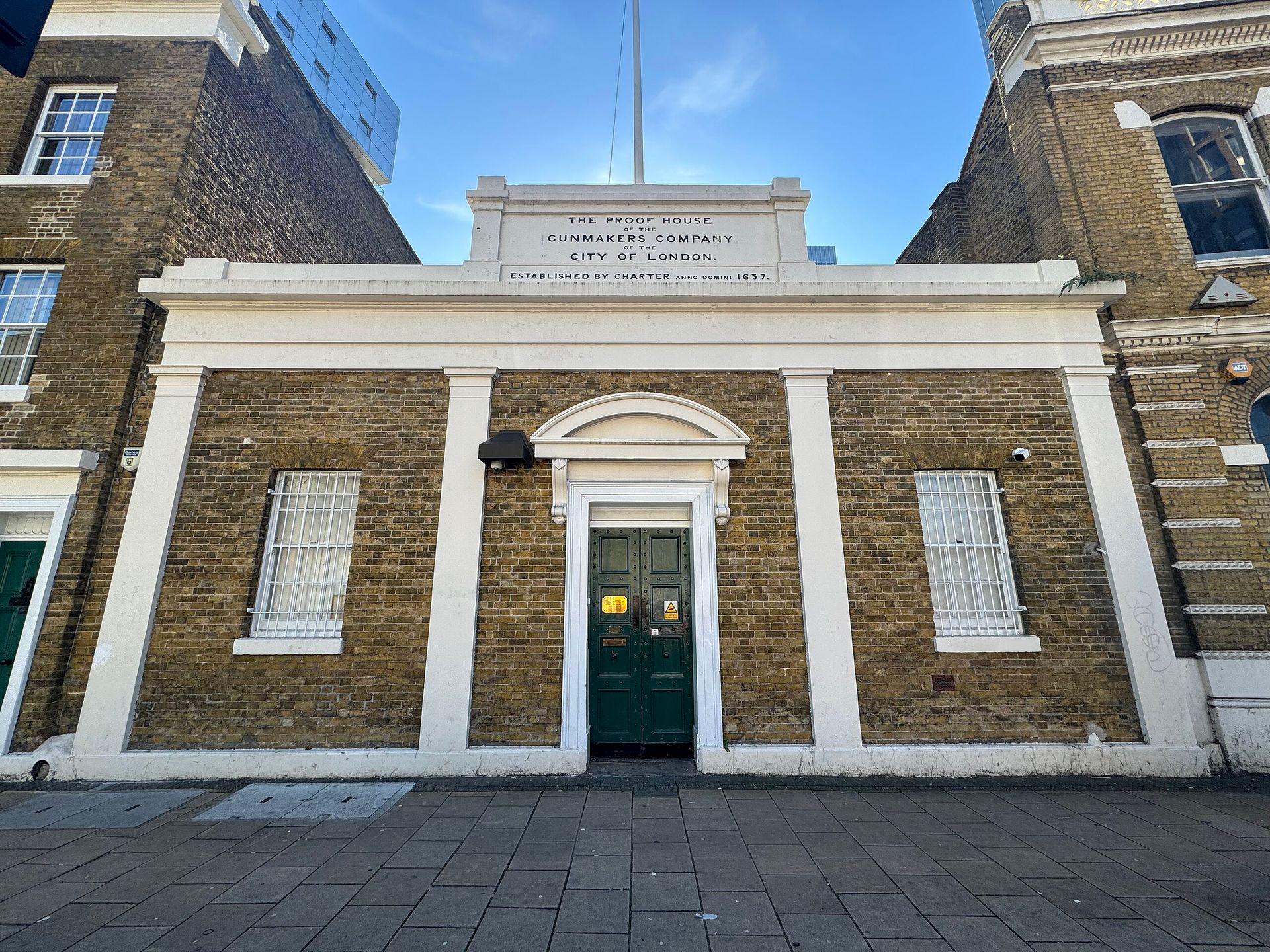This month's 'Proof House Chronicles'
in Gun Trade Insider Magazine.

For nearly four centuries, the London Proof House has played a critical role in ensuring firearm safety and quality in the United Kingdom. Established in 1637 by Royal Charter from King Charles I, it remains a fundamental institution in the British firearms industry. The Proof House enforces strict proofing standards, ensuring that every firearm bearing British proof marks has undergone rigorous testing and meets legal safety requirements.
At the head of this institution is Proof Master David Miles, who is responsible for overseeing the proofing of firearms, maintaining compliance with the Gun Barrel Proof Act of 1868, and upholding the long-standing traditions of the Proof House.
"The test first came about in the 1600s because back then, anyone could attempt to make a gun and sell it. There was no safety standard, so firearms were often dangerous to the user," explains David.
"As a result, skilled gunmakers wanted recognition and a City Livery Company of their own to control the quality of gunmaking and the safety of firearms. In 1637, King Charles I issued a Royal Charter which set up the Gunmakers' Company, which in turn set up a Proof House." The Proofing Process: Ensuring Firearms Safety Proofing a firearm is not simply a case of firing a round through it. The process is designed to subject a firearm to extreme pressures to ensure that it can withstand the forces it will encounter in regular use.
"It's a process of inspecting, gauging and firing overpressure ammunition through a firearm to stress test it. If the pressure-bearing parts (bolt, action, barrels) change, or it does not meet the measurement tolerances, the firearm fails the test.
If it passes, it will be proof marked."
GET IN TOUCH
Address
The Proof House
48-50 Commercial Road
London
E1 1LP
Business Hours
Mon - Thurs 08:30-17:30
Fri - Sun Closed
VISIT US
Google Maps
Apple Maps
What Three Words
NAVIGATE THE SITE
All Rights Reserved
The London Proof House Limited. Registered Number: 15733940. Registered Address: 48-50 Commercial Road, London, E1 1LP
